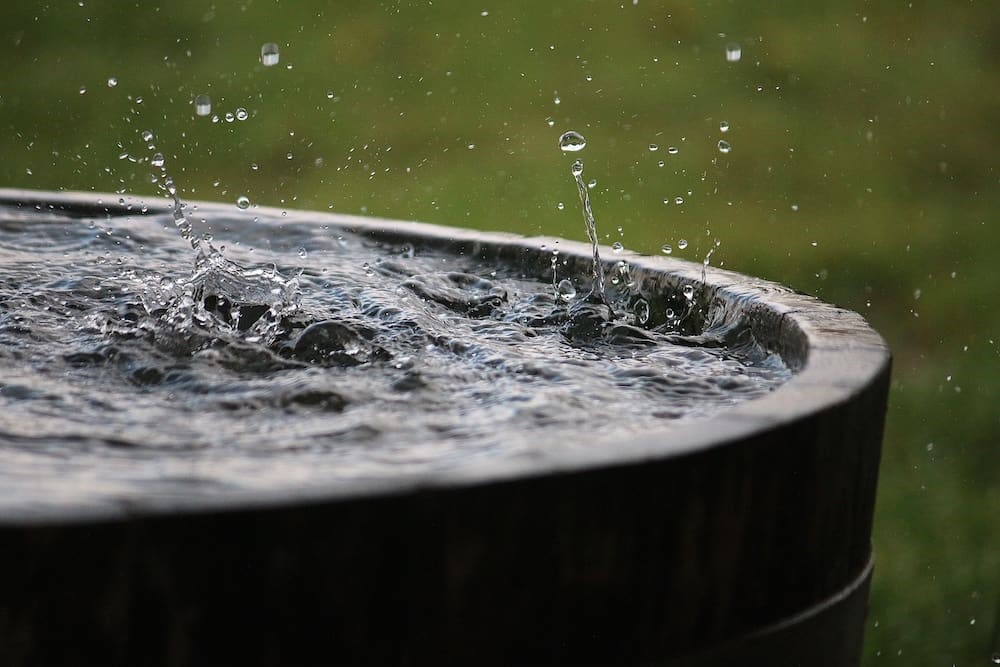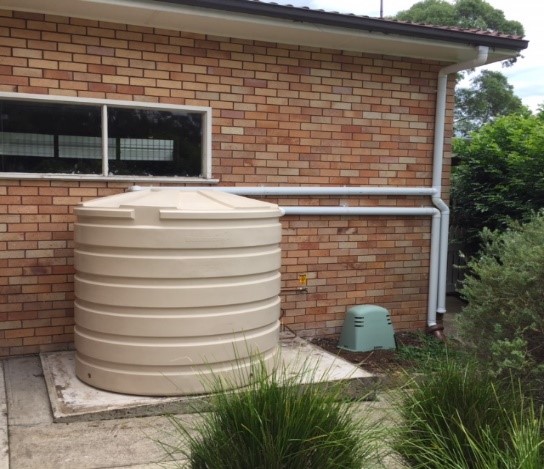Why India should enhance Rainwater harvesting system

Due to rapid climate change, water availability is getting influenced, even the countries that do not have water scarcity, are also facing some challenges in one way or the other. Water scarcity in these countries may be the result of poor infrastructure and management and uneven distribution processes. Other reasons include scarce rainfall, contamination, pollution, and drought. UNICEF estimates about 700 million people will have to face severe water scarcity by 2030.

India is one of those water-scarce countries, facing challenges in the provision of sufficient water supply to its growing population and economy. A gradual decrease of groundwater may cause the major cities like Delhi, Mumbai, Bangalore, Chennai, Hyderabad totally devoid of groundwater by 2030. Among various steps undertaken by the Government to tackle this problem, Rainwater Harvesting is the most effective, economic, and easy to sustain. It has been made mandatory by the National Building Code, even the homeowners and residential societies are growing interest in rainwater storage.
The major advantage of rainwater is its positive impact upon the environment as the collection of water from natural sources as rain, hail, etc. promotes conservation of water and energy as well. It is a self-sufficient and precious resource, helps reducing local erosion and flooding caused by surface run-off and extra water flow from roofs and pavements. Apart from this, it reduces the salinity of groundwater, flood hazards and lessens the effect of drought.
One may believe it or not, it is the purest of other water sources. The quality of rainwater is unequaled as it is not contacted by soil and rocks. Water from other sources such as rivers, waterfalls, the sea, etc. is full of minerals, salts, and pollutants but the purity of rainwater makes it the first choice for many industries where pure water is required. The places where rainwater can be harvested are unpaved areas direct seepage to groundwater, storage tanks on rooftops, ponds, lakes, tanks, stormwater drains directed to recharge groundwater. These are the simple process of rainwater harvesting that anyone can participate into:

The first step is to clean dirt or any other contaminating material from the area where rainwater is received. This is called a catchment area; the rooftop is the most preferred area for rainwater harvesting in India. After the collection of rainwater, it is redirected to the storage tank, it can be done by attaching drainpipes on the roof. In the third step, a rain separator or the wash-out pipe is installed. The main purpose is to block the entry of water into the tank while cleaning or the initial stage of rain. One more water filter is installed in the storage tank for getting clean water. For releasing extra water, an overflow pipe is installed on the top of the storage tank. Among all these advantages of rainwater harvesting, one major factor that needs to be mentioned is that India is agricultural land, a significant number of the population depends upon agriculture. Rainwater harvesting is the need of the hour to fulfill the requirement of water in the agricultural industry.